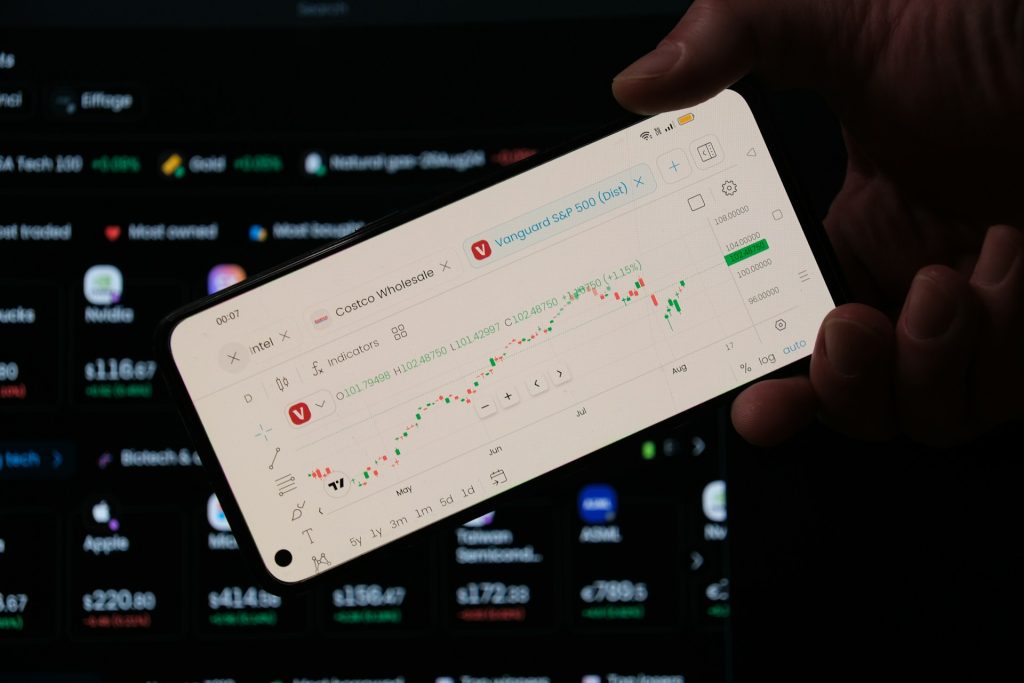
You may have come across the 0DTE strategy if you have considered selling out of money covered calls to generate income in your portfolio. 0DTE strategy also involves trading options, but the options you use expire on the same day. This offers unique opportunities as the time value of the options decays rapidly, and the market volatility has a significant impact. Many investors commonly use the 0DTE strategy to generate consistent income by collecting premiums on the sale of the options. Let’s take a quick look at how the strategy works.
How the 0DTE Strategy Works
The goal of any 0DTE strategy is to generate premium income by selling options that expire on the same day. Selling covered-calls are most common. While this strategy provides premium income, it gives up on the appreciation in the underlying asset if it were to move beyond the option strike price. The downside is not protected.
You would repeat this strategy daily so you collect income daily. Please note that to do this profitably, you will need strong risk management process.
- Selling Daily Options: In a 0DTE strategy, options with zero days to expiration (i.e., options that expire at the end of the same trading day) are sold. This can include covered calls, cash-secured puts, or even spreads (buying and selling options with different strikes on the same underlying asset).
- Generating Premium Income: The primary goal is to collect the premium received from selling options. Since these options have such a short time to expiry, they experience a high rate of time decay (theta). The seller profits if the options expire worthless, allowing them to keep the premium.
- Daily Reinvestment: By repeatedly selling 0DTE options daily, the strategy aims to produce regular income through the rapid decay of the time value in these options. For example, ETFs like Roundhill’s 0DTE ETFs reinvest the premium daily by selling options each morning.
- Risk Management: Since 0DTE options are highly sensitive to price changes in the underlying asset, the strategy can be volatile. Options sellers have capped upside potential (limited to the premium) but face downside risk if the underlying asset moves significantly. In volatile markets, risk management is crucial, and traders often set tight stops or employ hedging techniques.
Key Benefits
For income investors, 0DTE strategies are attractive as they provide daily income that can be reinvested. This frequent compounding can grow wealth rapidly.
- High Frequency of Income: Daily options sales mean that premium income can be generated every trading day.
- Accelerated Time Decay: Options with zero days to expiration experience faster time decay, allowing the option seller to capture this premium decay more quickly.
- Lower Capital Requirements: Due to the short holding period, capital can be cycled through multiple trades quickly, though this depends on the strategy structure (e.g., covered calls, spreads).
Key Risks
Theoretically, the 0DTE strategy caps the upside and converts it to premium income. There is no downside protection beyond the offset provided by the premium that is collected. If the underlying stock or the index were to move quickly, the option may lose value rapidly as well.
- Volatility Sensitivity: 0DTE options are particularly sensitive to sudden moves in the underlying asset. A sharp movement in price can lead to losses that exceed the premium collected, especially if options are sold without an offsetting position.
- Limited Upside, Potentially Large Downside: Selling 0DTE options caps the potential gain at the premium received but exposes the seller to theoretically significant losses.
- Execution Challenges: Timing the entry and exit on the same day, especially for highly volatile assets, requires precision and attention, and can involve higher transaction costs or slippage.
Practical Applications in ETFs
If you own the underlying asset (stock or index ETF), selling a 0DTE covered-call will provide you with income daily (assuming you do this daily). You will lose some upside as your underlying will get called away if the price moves up beyond your option strike price. Your downside is the same as the downside on your underlying asset, but you have collected some premium income that mitigates the downside to some extent.
Arguably, if you are a long term holder of the underlying stock or index, this is an easy way to create a synthetic dividend income without giving up your long term holding. You do have a risk of getting assigned every now and then. 0DTE strategy does require frequent trades to take advantage of it. If you would like to minimize the number of trades, you can go with selling longer expiration-covered calls at higher strike.
In the context of ETFs like Roundhill’s 0DTE products (QDTE, RDTE, XDTE), the strategy is used as a managed approach to provide income while tracking specific indexes. The ETF managers handle the daily options trading, focusing on selling out-of-the-money options to collect premiums while limiting market exposure through short-term contracts. This strategy aims to produce regular income with a focus on risk control and consistency over time.
Resources
- What to Know about Zero-Days-to-Expiration Options? – Charles Schwab
- Insights from 25K 0DTE Option Trades – OptionAlpha
- How to Trade 0DTE Options? – Market Rebellion

Shailesh Kumar, MBA is the founder of Astute Investor’s Calculus, where he shares high-conviction small-cap value ideas, stock reports, and investing strategies.
His work has been featured in the New York Times and profiled on Wikipedia. He previously ran Value Stock Guide, one of the earliest value investing platforms online.
Subscribe to the Inner Circle to access premium stock reports and strategy insights.
Featured in:







